Neuroscience

Neurotransmitter receptors function via various G-protein coupled and G-protein independent mechanisms that activate downstream intracellular signaling pathways such as cAMP/PKA, PI3K/AKT, phospholipase A2, and phospholipase C pathways. For instance, dopamine receptors act through adenylate cyclase to activate PKA and other signaling molecules, thereby mediate gene expression through the actions of CREB and other transcription factors. Other neurotransmitters such as NMDAR or AMPAR are associated with ion channels that control flux of Ca2+ and Na+, thus propagating the action potential across the post-synaptic neuron.
Dysfunctions in GABAergic/glutamatergic/serotonergic/dopaminergic pathways result in a broad range of neurological disorders such as chronic pain, neurodegenerative diseases, and insomnia, as well as mental disorders including schizophrenia, bipolar disorder, depression, and addiction.
-
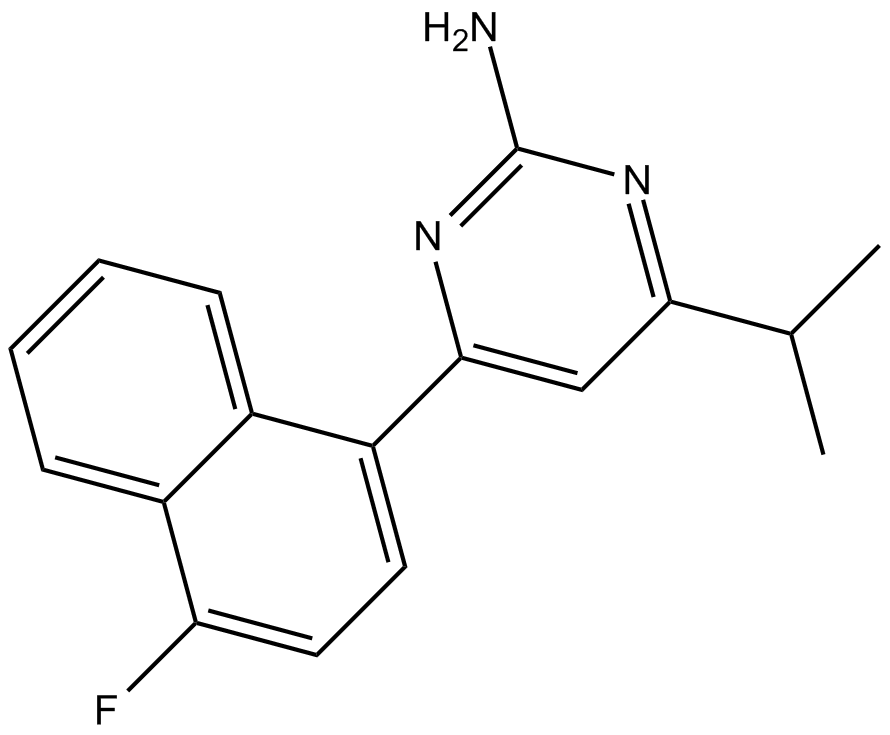 A3778 RS 127445Summary: 5-HT2B receptor antagonist,high affinity
A3778 RS 127445Summary: 5-HT2B receptor antagonist,high affinity -
 B5574 VU 0360223Summary: negative allosteric modulator of mGlu5
B5574 VU 0360223Summary: negative allosteric modulator of mGlu5 -
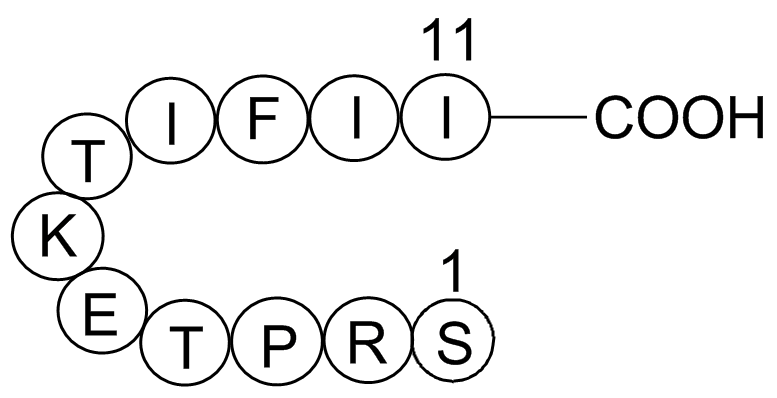 A1045 Gap 274 CitationTarget: Gap JunctionsSummary: Selective gap junction blocker
A1045 Gap 274 CitationTarget: Gap JunctionsSummary: Selective gap junction blocker -
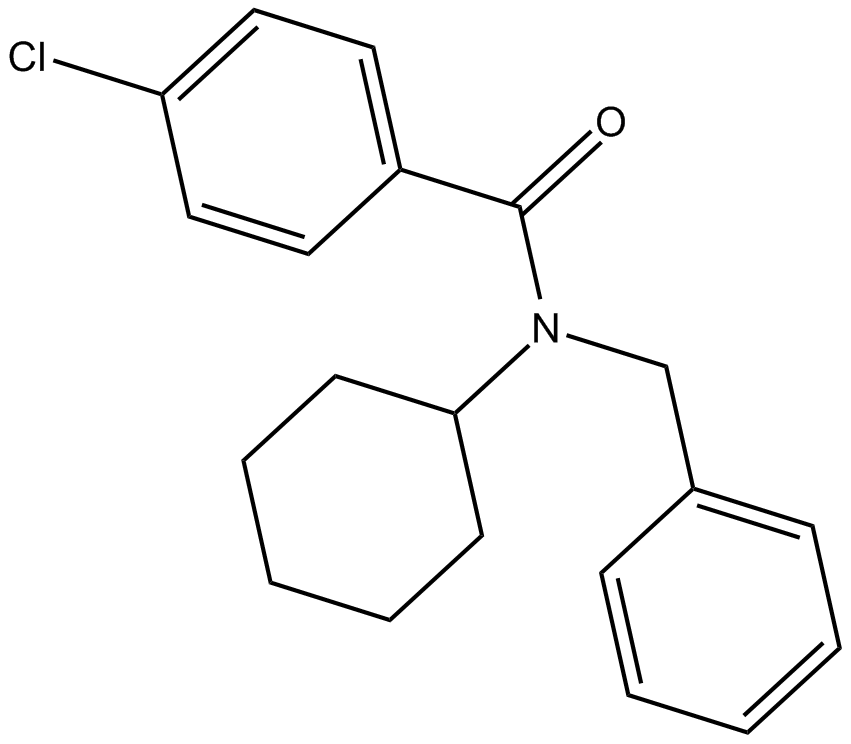 C3723 FPS-ZM1Summary: RAGE Inhibitor
C3723 FPS-ZM1Summary: RAGE Inhibitor -
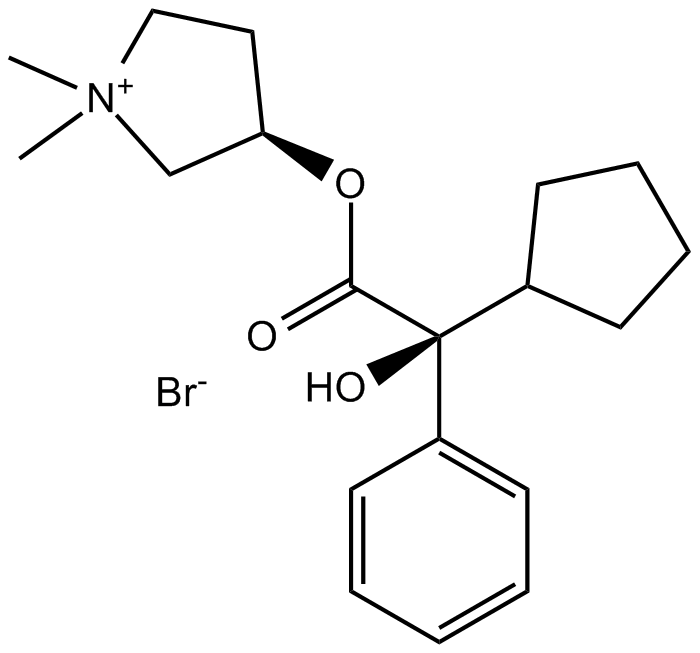 B1266 GlycopyrrolateSummary: Muscarinic competitive antagonist
B1266 GlycopyrrolateSummary: Muscarinic competitive antagonist -
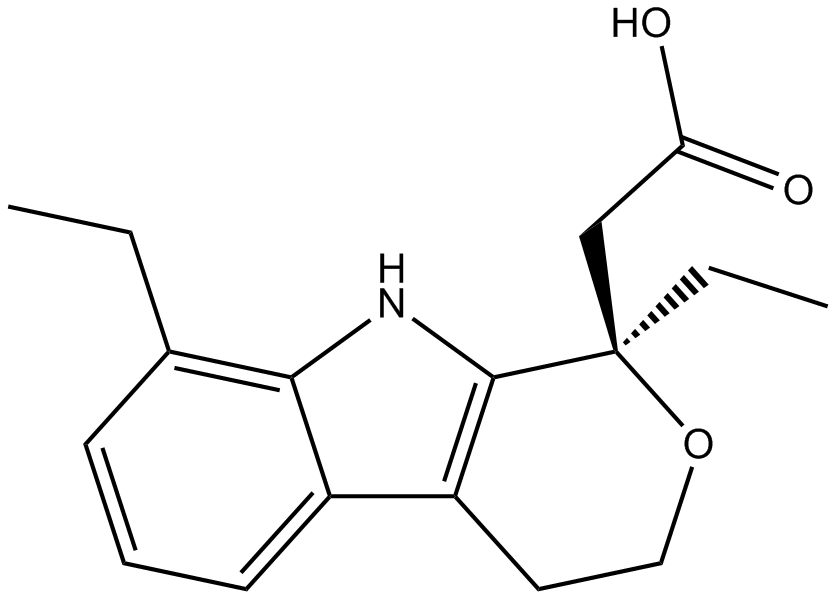 B1444 EtodolacSummary: COX-2 inhibitor
B1444 EtodolacSummary: COX-2 inhibitor -
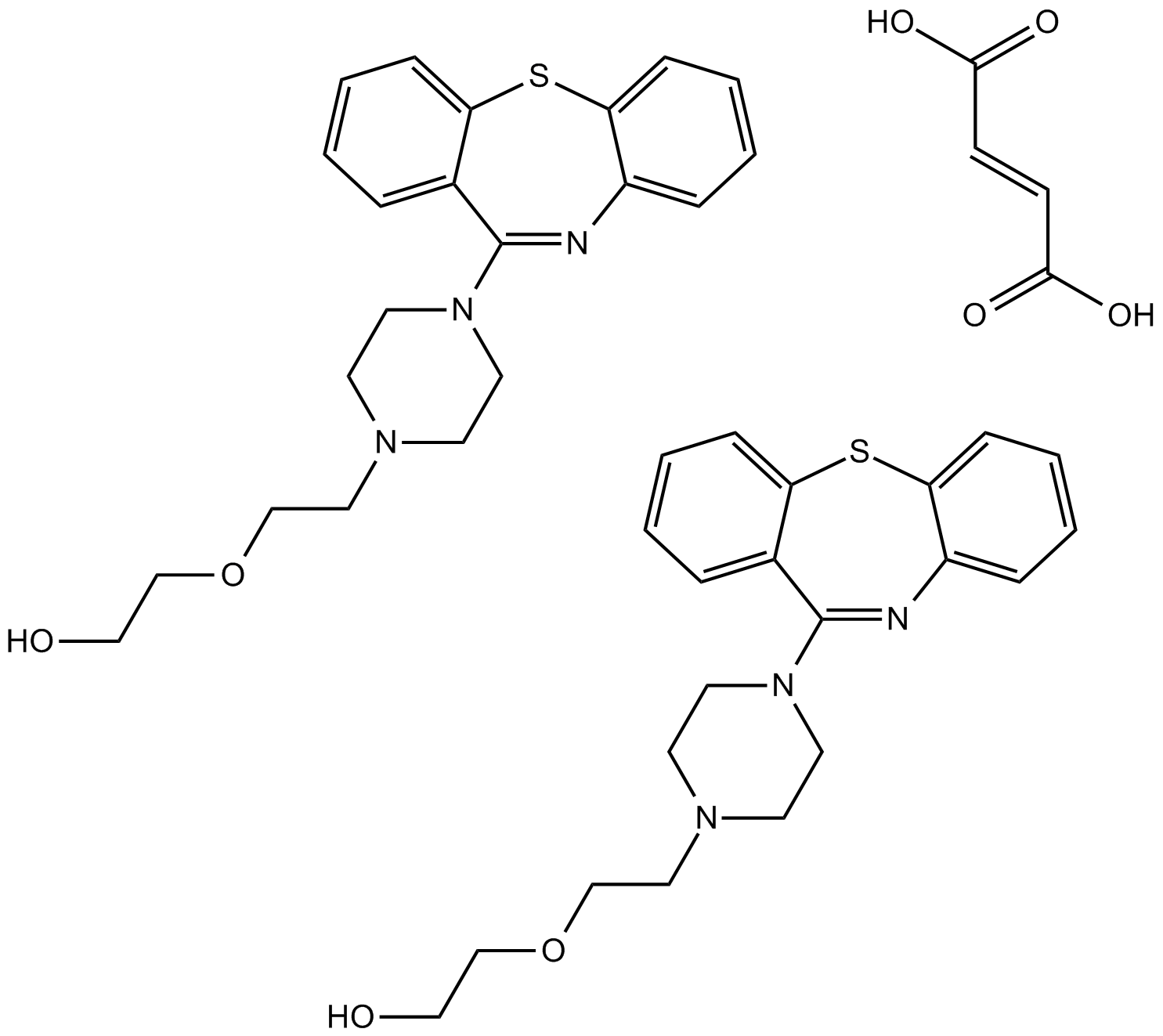 B1490 Quetiapine Fumarate1 CitationTarget: 5-HT2 Receptors|D1 and D5 Receptors|D2 Receptors|D3 Receptors|5-HT1 Receptors|5-HT7 ReceptorsSummary: Dopamine receptor antagonist
B1490 Quetiapine Fumarate1 CitationTarget: 5-HT2 Receptors|D1 and D5 Receptors|D2 Receptors|D3 Receptors|5-HT1 Receptors|5-HT7 ReceptorsSummary: Dopamine receptor antagonist -
 B1555 Betahistine 2HClSummary: Histamine H3 receptor inhibitor
B1555 Betahistine 2HClSummary: Histamine H3 receptor inhibitor -
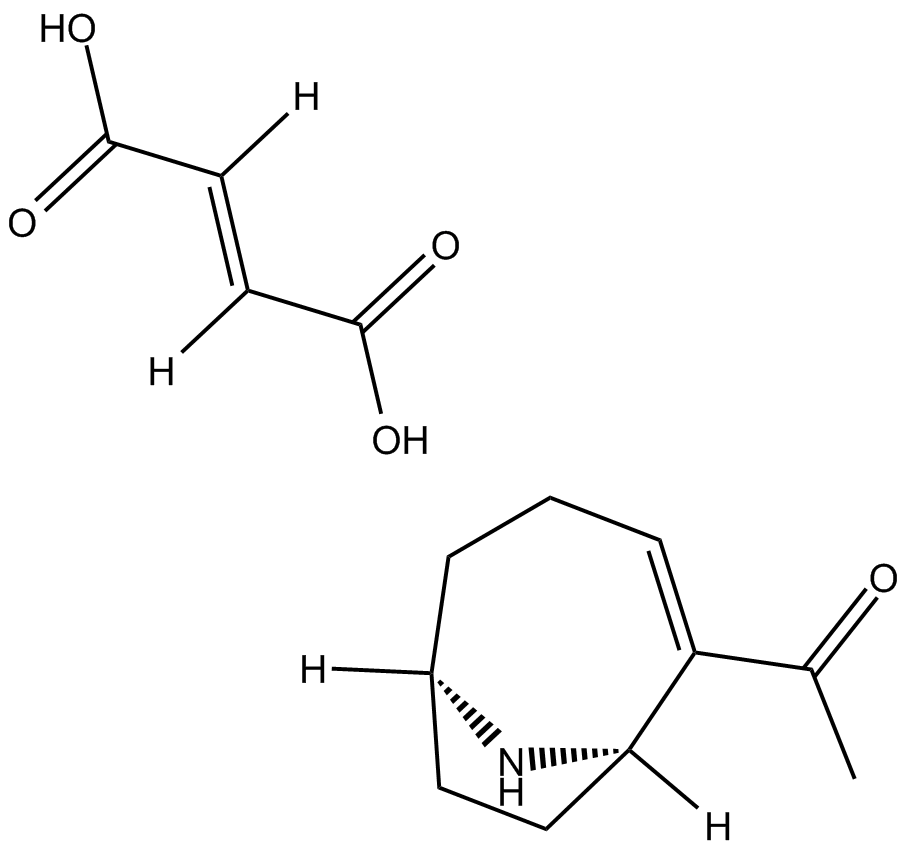 B6453 (±)-Anatoxin A fumarateSummary: nicotinic agonist
B6453 (±)-Anatoxin A fumarateSummary: nicotinic agonist -
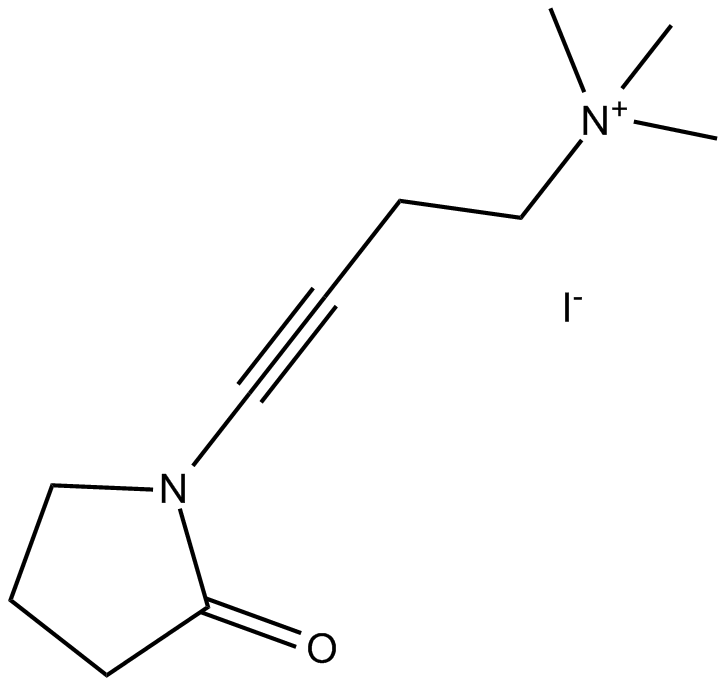 B6579 Oxotremorine MSummary: Muscarinic receptor agonist
B6579 Oxotremorine MSummary: Muscarinic receptor agonist

